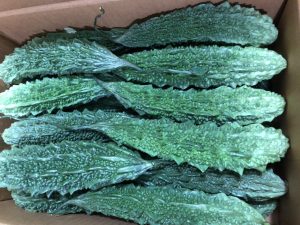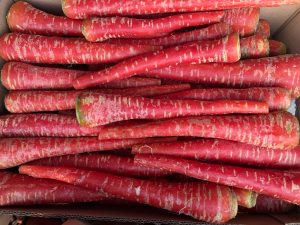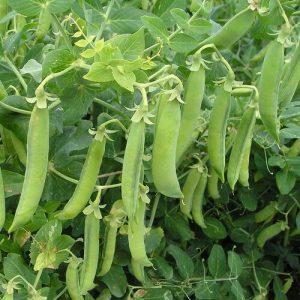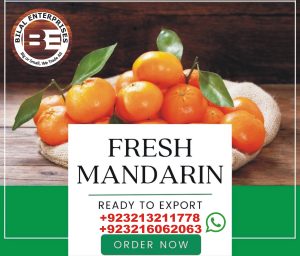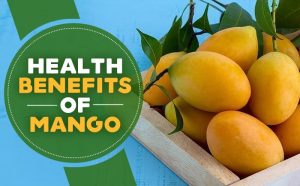Table of Contents
TogglePea Fresh vegetable
Peas, scientifically known as Pisum sativum, are a popular and versatile vegetable consumed all over the world, including Pakistan. Peas are a part of the legume family and are valued for their sweet taste and nutritional benefits. In Pakistan, peas are widely grown and are an essential ingredient in many traditional dishes.

Introduction to Peas in Pakistan
1. Cultivation: Peas are cultivated in various regions of Pakistan, particularly during the winter season when the weather is suitable for their growth. They are planted in well-drained soil and require cool temperatures for optimal development.
2. Nutritional Value: Peas are highly nutritious and are rich in vitamins, minerals, and dietary fiber. They are a good source of vitamin C, vitamin K, and B vitamins. Peas also contain essential minerals like iron, zinc, and potassium. Moreover, they are low in calories and fat, making them a healthy addition to meals.
3. Culinary Uses: Peas are a versatile ingredient in Pakistani cuisine. They are used in a variety of dishes, including curries, rice dishes, and snacks. One of the most popular Pakistani dishes featuring peas is “Matar Pulao,” which is a flavorful rice dish cooked with peas and spices. Peas are also commonly used in kebabs, soups, and vegetable curries.
4. Health Benefits: Peas offer several health benefits. They are a good source of antioxidants, which can help in reducing oxidative stress in the body. The dietary fiber in peas aids in digestion and can contribute to heart health by lowering cholesterol levels. also contain phytonutrients that have anti-inflammatory properties.
5. Economic Importance: Peas are not only a staple in the Pakistani diet but also have economic significance. They are commercially grown and contribute to the agricultural economy of the country. Peas are often exported to international markets, generating revenue for farmers and the agricultural sector.
6. Culinary Delights: In addition to traditional dishes, peas are also used in modern and fusion recipes in Pakistan. Chefs and home cooks experiment with peas in salads, pastas, and even desserts, showcasing the vegetable’s versatility in the culinary world.
In conclusion, peas are a beloved and essential vegetable in Pakistani cuisine, adding flavor, nutrition, and texture to a wide array of dishes. Whether enjoyed in traditional recipes or innovative culinary creations, peas continue to be a cherished ingredient in the vibrant Pakistani food culture.
Pea Rich Nutritional Composition

Peas, like many other vegetables, have a rich nutritional composition. Here is an overview of the nutritional components found in peas, specifically in a 100-gram serving:
1. Calories: Peas are relatively low in calories, making them a healthy choice for those looking to manage their weight. A 100-gram serving of peas provides about 81 calories.
2. Carbohydrates: Peas are a good source of carbohydrates, providing about 14 grams per 100-gram serving. Carbohydrates are the body’s primary source of energy.
3. Protein: Peas are a decent source of plant-based protein, containing about 5 grams of protein per 100 grams. This makes them a valuable protein source for vegetarians and vegans.
4. Dietary Fiber: Peas are rich in dietary fiber, which is essential for healthy digestion. A 100-gram serving of peas can contain around 5 grams of dietary fiber. Fiber also helps in regulating blood sugar levels and may contribute to a feeling of fullness, aiding in weight management.
5. Vitamins: Peas are a good source of various vitamins, including vitamin C, vitamin K, and several B vitamins such as folate (vitamin B9). Vitamin C is essential for the immune system, vitamin K is important for blood clotting and bone health, and folate is vital for cell division and the prevention of neural tube defects during pregnancy.
6. Minerals: Peas contain important minerals such as iron, zinc, potassium, and magnesium. Iron is essential for oxygen transport in the blood, zinc is important for immune function, potassium helps maintain healthy blood pressure, and magnesium is involved in muscle and nerve function.
7. Antioxidants: Peas contain antioxidants, including flavonoids and carotenoids, which help protect the body against free radical damage. Antioxidants are important for overall health and may reduce the risk of chronic diseases.
8. Fat: Peas are very low in fat, with less than 1 gram of fat per 100-gram serving. This makes them a healthy choice for those aiming to reduce their fat intake.
Summary: peas are not only delicious but also packed with essential nutrients, making them a valuable addition to a balanced and healthy diet. Whether consumed fresh, frozen, or cooked, peas offer a range of health benefits due to their nutritional composition.
Pea Export From Pakistan
Exporting peas involves a series of steps, including picking, sorting, and packing, to ensure that the peas reach their destination market in fresh and optimal condition. Here’s a general overview of the process:
1. Picking: Peas are typically harvested when they are mature but still tender. Harvesting at the right time is crucial to ensure quality. Hand picking or machine harvesting methods can be employed based on the scale of the operation.
2.Sorting: After harvesting, the peas need to be sorted to remove any damaged or overripe peas. Sorting can be done manually or by using machinery equipped with sensors and sorting mechanisms to separate peas based on size, color, and quality. This step is essential to maintain the overall quality of the product.

3. Cleaning: Once sorted, the peas need to be cleaned to remove dirt, debris, and other impurities. This can be done using water or air to wash the peas thoroughly. Clean peas are not only visually appealing but also have a longer shelf life.
4. Packing: After blanching and cooling, the peas are ready for packing. Proper packaging is crucial for exporting peas. They are typically packed in airtight containers or vacuum-sealed bags to maintain freshness and prevent spoilage during transit. The packaging should be sturdy enough to protect the peas from damage but also allow for proper ventilation.

5. Quality Control: Before export, quality control measures are implemented to ensure that the peas meet the required standards and regulations of the importing country. Samples may be tested for quality, size, color, and taste. Any peas that do not meet the criteria are removed.
6. Storage: Proper storage conditions are essential to maintain the quality of the peas before they are shipped. Peas should be stored in a cool and dry environment to prevent mold growth and spoilage. Temperature-controlled storage facilities may be used to prolong the shelf life of the peas.

7. Shipping: Once packed and quality checked, the peas are ready for export. They are loaded into refrigerated containers or trucks to maintain the required temperature during transportation. Proper documentation, including invoices, certificates of origin, and phytosanitary certificates, must accompany the shipment to comply with international trade regulations.
Vegetable Export Solution
It’s great to hear that Bilal Enterprises Pakistan is providing a one-window solution for Fresh Vegetables exporting. A one-window solution typically means that a single entity or service provider handles all aspects of the export process, simplifying the procedure for exporters. This can be immensely beneficial, especially for those new to the exporting business or for businesses looking to streamline their operations.
Here are some key advantages of a one-window solution for Fresh Vegetables exporting:
1. Convenience: Exporters can enjoy the convenience of having all export-related services, including documentation, customs clearance, transportation, and logistics, handled by a single service provider.
2. Efficiency: A streamlined process can lead to increased efficiency in export operations, reducing the time and effort exporters need to invest in coordinating various tasks.
3. Expertise: Service providers specializing in export services often have expertise and experience in navigating complex export regulations, ensuring that all documentation and procedures comply with the requirements of both the exporting country and the destination market.
4. Reduced Errors: By centralizing the export process, there is less room for miscommunication or errors, leading to smoother transactions and fewer issues during export.
5. Cost-Effectiveness: Utilizing a one-window solution can often be cost-effective, as service providers may offer bundled services at competitive rates, potentially reducing overall export costs.
6. Market Knowledge: Experienced service providers often have knowledge about international markets, helping exporters make informed decisions about market selection, pricing, and other factors crucial for successful exports.
7. Customized Solutions: Service providers can often offer customized solutions tailored to the specific needs of the exporter, ensuring that the export process aligns with the exporter’s business requirements and goals.
It’s important for exporters to thoroughly research and choose a reputable and reliable service provider like Bilal Enterprises. Verifying their credentials, reputation in the industry, and client testimonials can help ensure a smooth and successful partnership. Additionally, clear communication and collaboration between the exporter and the service provider are key to maximizing the benefits of a one-window solution for Fresh Vegetables exporting.
Summary
Bilal Enterprises Pakistan offers a convenient one-window solution for Fresh Vegetables exporting, streamlining the entire export process. This service simplifies tasks such as documentation, customs clearance, transportation, and logistics. The advantages of this service include increased efficiency, expertise in navigating export regulations, reduced errors, cost-effectiveness, market knowledge, and customized solutions. It is crucial for exporters to choose a reputable and reliable service provider to ensure a smooth and successful exporting experience.



